As part of a writing workshop in Lenox, MA, I had the pleasure of visiting Steepletop, a home belonging to Edna St. Vincent Millay, and The Mount, Edith Wharton’s estate. Both women made huge contributions to American literature and both won Pulitzer’s. Otherwise, women and houses are very different.
Vincent, as Millay was called, (because her uncle’s life was saved at NYC’s St. Vincent’s Hospital shortly before her birth), was born into poverty in Rockport, Maine. A red-head, she was a beautiful, bisexual, free spirit who was educated at Vassar thanks to a wealthy patron. Millay won the Pulitzer for poetry in 1923 for The Ballad of the Harp Weaver. She married much older Eugen Jan Boissevain and together they bought Steepletop, a large property near Austerlitz, NY. There was (still is) a farmhouse; the couple built a barn, writing cabin for Vincent and tennis court and went into gardening big time. At fifty-eight, Vincent died at 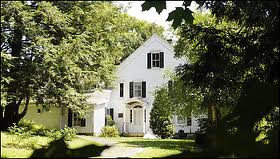 Steepletop, of a heart attack after falling downstairs.
Steepletop, of a heart attack after falling downstairs.
Edith Wharton was New York society born (1862) and bred. At twenty-three she married “Teddy” Wharton, a sportsman; the couple shared a love of travel and small dogs but not much else. (She had major romantic relationships with other men.) Writing with Ogden Codman, Wharton co-authored The Decoration of Houses, said to have officially introduced interior design as a calling. In 1902 she built The Mount in Lenox, MA where she entertained notables including Henry James. Her novel, The Age of 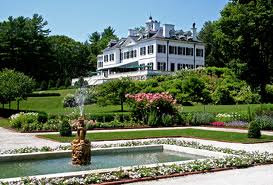 Innocence, won the Pulitzer for literature in 1921. Later in life, Wharton moved permanently to Paris; she died in France in 1937.
Innocence, won the Pulitzer for literature in 1921. Later in life, Wharton moved permanently to Paris; she died in France in 1937.
Note: the above is absurdly truncated. For more (and better), try Savage Beauty, by Nancy Mitford, pub. 2001 (Millay) and A Backward Glance by Hermione Lee, reissued 2008 (Wharton.)
I found Steepletop oddly depressing with small rooms that would be dark even with the window shades up. Millay’s writing cottage is appropriately Spartan with a good view. The “exterior rooms” as this drama queen called them weren’t at peak form in early April but the pool, where nude swimming was the norm, is interesting. The Mount is a sharp contrast– much more formal and elegant; better restored (far more money here) and used for performances, lectures and weddings. The estate is big but not overpowering with furniture from Wharton’s period (the books are hers.)
Visit and see for yourselves.
Millay lived on love and cigarettes. Wharton’s dinners must have been very Gilded Age but there is a scene in her novel, Ethan Frome, involving Ethan, Mattie the hot servant girl, and the ultimate smashing of Ethan’s wife’s pickle jar. Perhaps a stretch but this is a recipe for:
Refrigerator Pickles (no vacuum lids, no steaming)
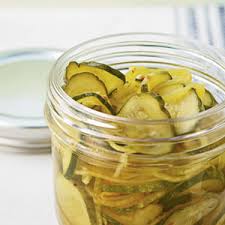
6 cups thinly sliced pickling cucumbers (about 2 pounds)
2 cups thinly sliced onion
1 1/2 cups white vinegar
3/4 cup sugar
3/4 teaspoon salt
1/2 teaspoon mustard seeds
1/2 teaspoon celery seeds
1/2 teaspoon ground turmeric
1/2 teaspoon crushed red pepper
1/4 teaspoon freshly ground black pepper
4 garlic cloves, thinly sliced
Place 3 cups cucumber in medium glass bowl; top with 1 cup onion. Repeat procedure with the remaining 3 cups cucumber and remaining 1 cup onion.
Combine vinegar and remaining ingredients in a small saucepan; stir well. Bring to a boil; cook 1 minute. Pour over cucumber mixture; let cool. Cover and chill at least 4 days. You can then serve or store in the fridge for up to a month.
Eat while you read.

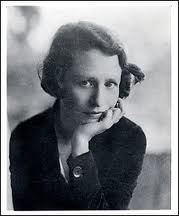
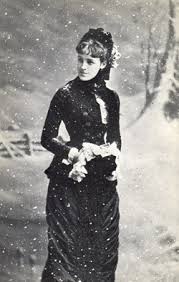
Your columns frequently make me nostalgic for the Northeast, this one included.
Our neighbor, an old Utah farmer, always plants more than he can use and often passes his surplus over our back fence. Amongst the bounty are cucumbers that have are a bit older than they should be, and tend to be quite bitter.
Question? What can one do with bitter cucumbers? Might they be good for cucumber pickles?